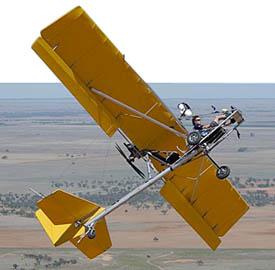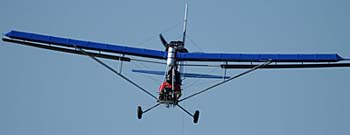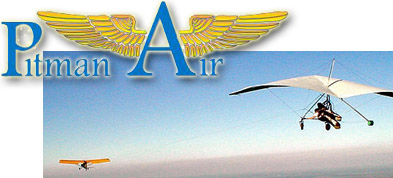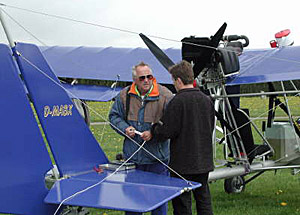

Ed went on, “He was constantly on the phone with DC and Oklahoma City. He spent several months going over my documentation against [the July 2012 FAA order called] 8130.2G CHG1 and I think he had a lot of coaching from DC.” FAA may have worked hard to get this done but so did Ed.

One reason FAA is amping up their oversight of LSA producers relates to Continued Operation Safety Monitoring, government-speak for the proper follow through to make sure owners know of any problems and have a way to remedy them. Ed has been particularly diligent to this task.

The magic of the Dragonfly is that it was specifically designed to aero tow hang gliders at the speeds hang gliders want to fly: 30-35 mph. Therefore Dragonfly was created with huge ailerons and a large tailplane that work at these speeds. It also has a special rig on the tail that permits towing of a weight shift aircraft. After tugging a one or two-person hang glider aloft, the glider pilot cuts loose the towline (which trails after the Dragonfly) and the tug pilot will dive back to the ground to get another glider. Nose down steeply, Dragonfly won’t exceed about 55 mph. The purpose-built design has done workhorse tractor-like duty and some of the fleet of Dragonflys at the popular Wallaby Ranch a few miles south of Disney World reportedly have upwards of 10,000 hours on them.
Congratulations to Ed for his incredible perseverance and to FAA’s understanding that Dragonfly is a critical aircraft to modern aerotow-launched hang gliding.


Leave a Reply